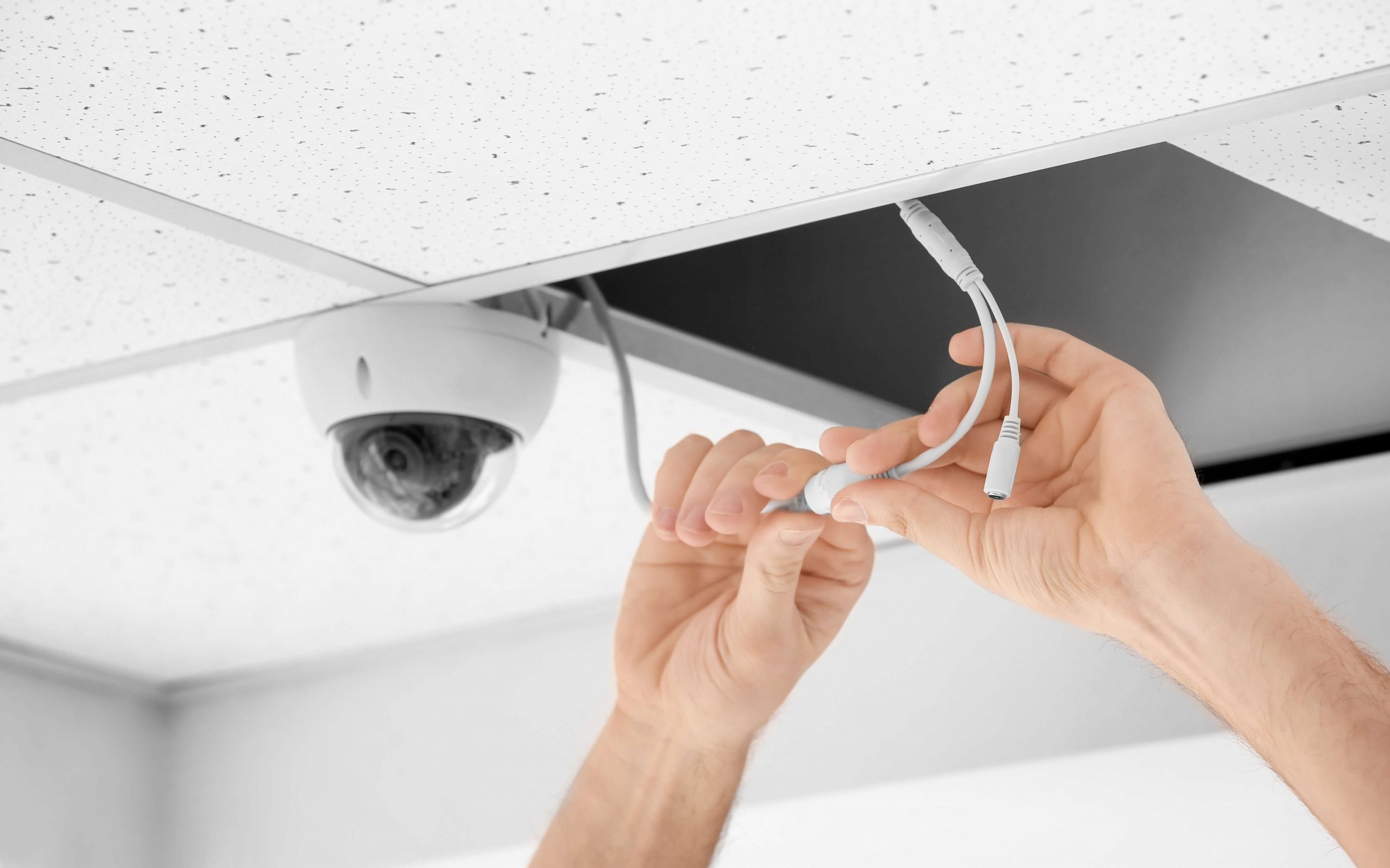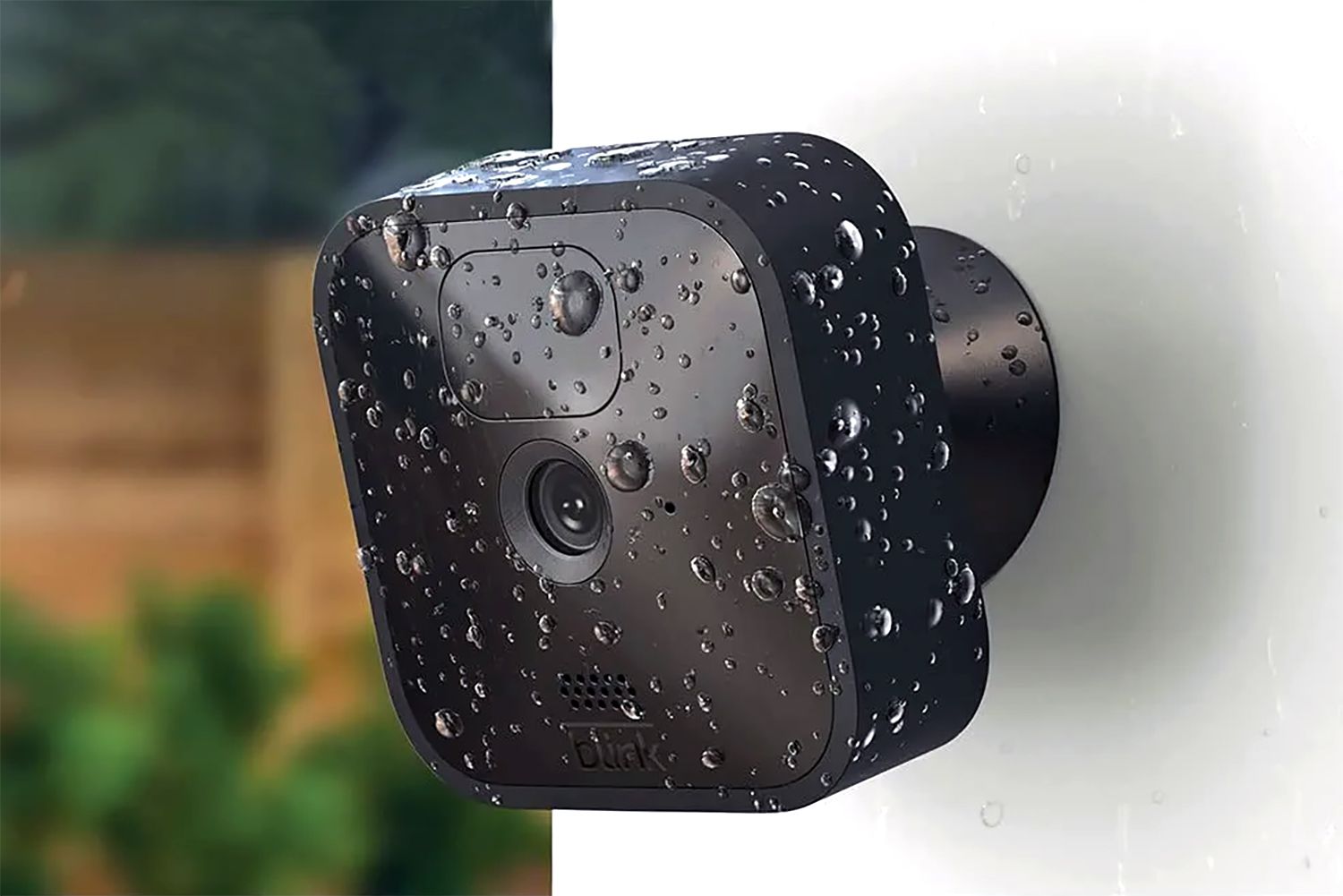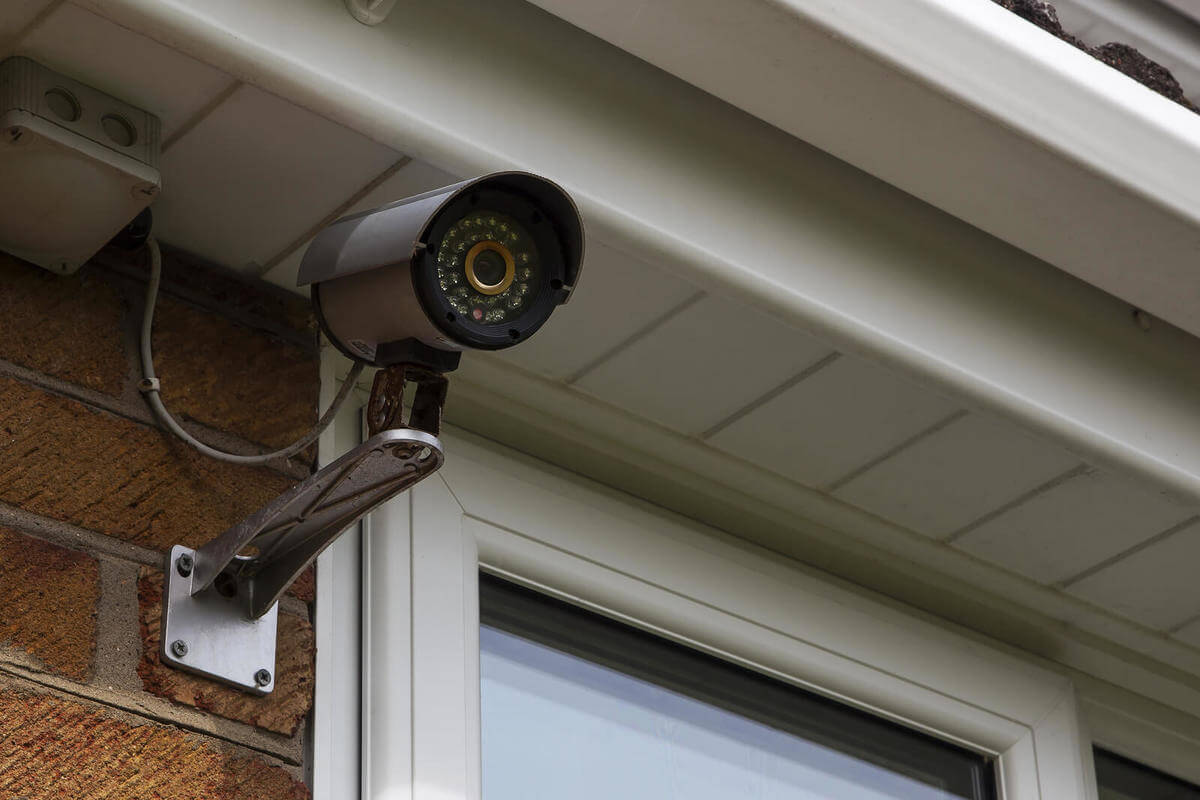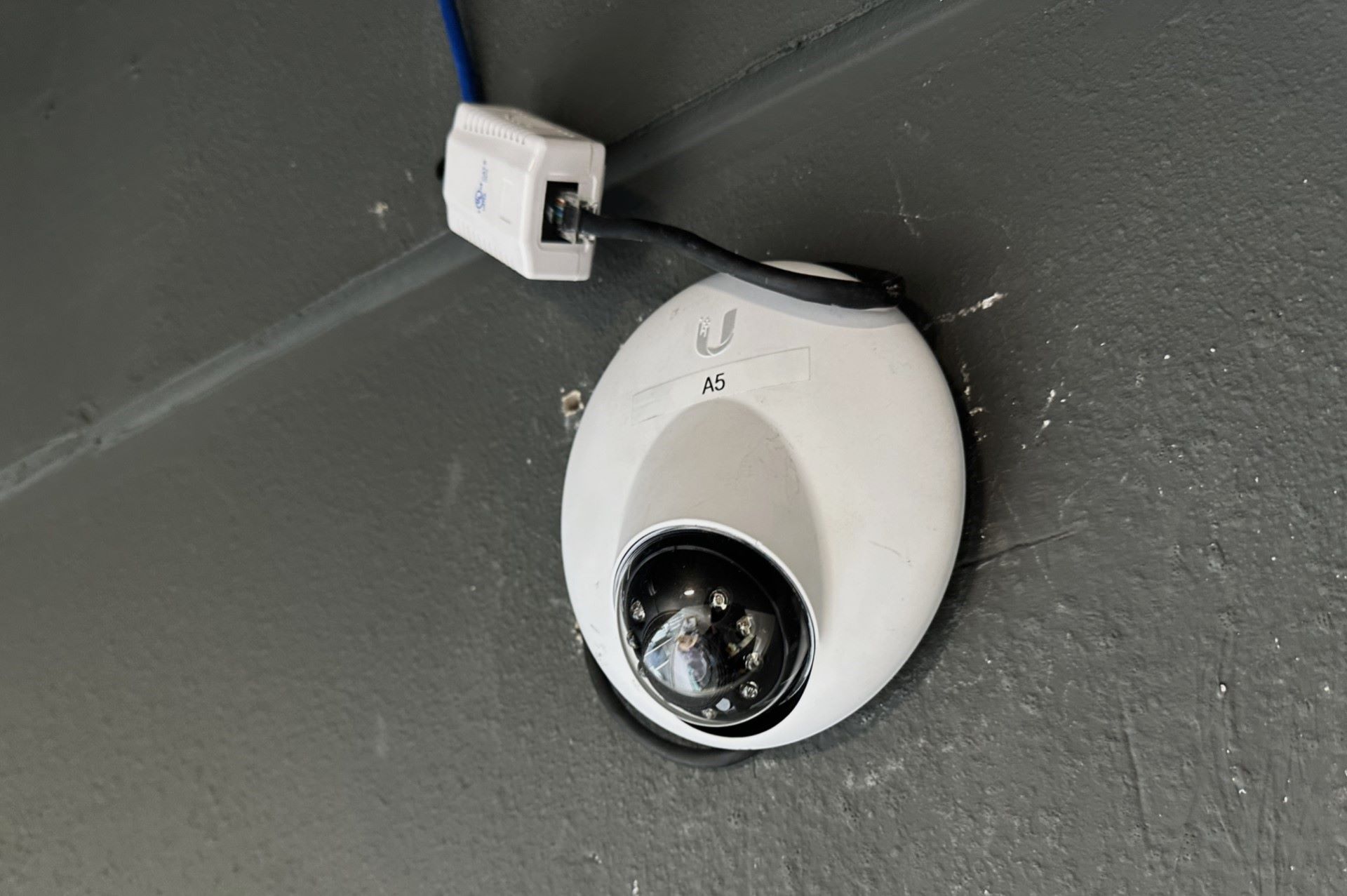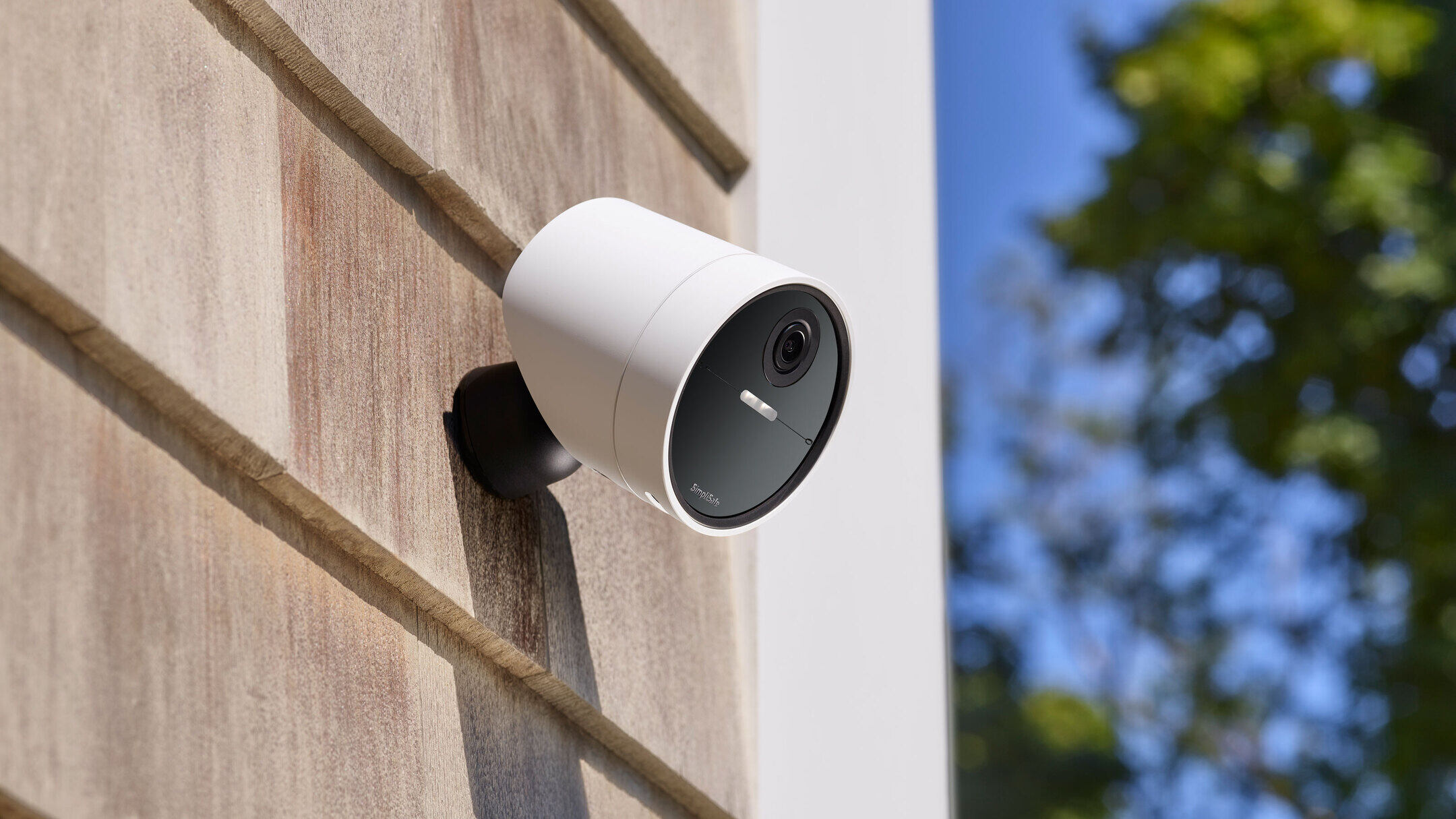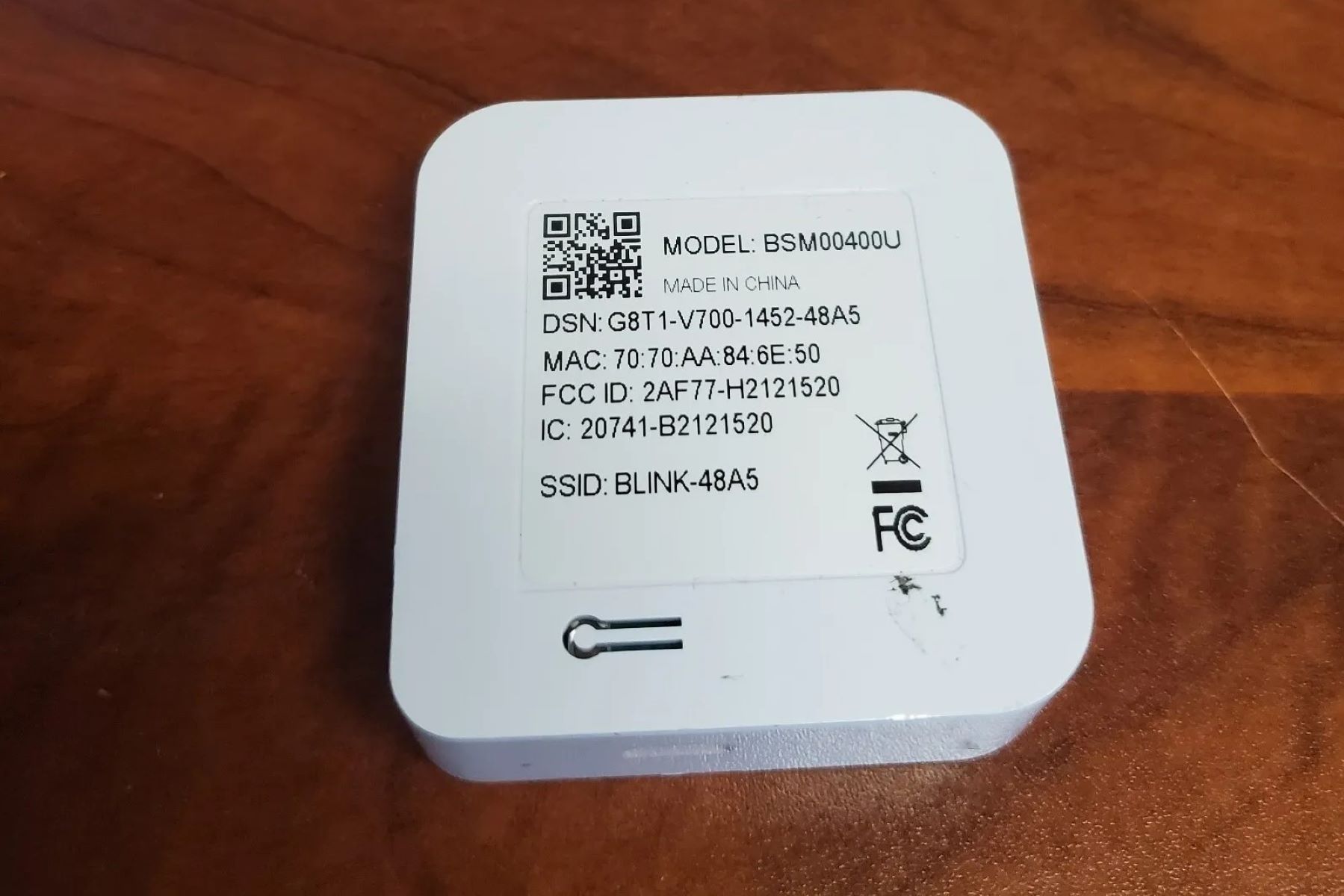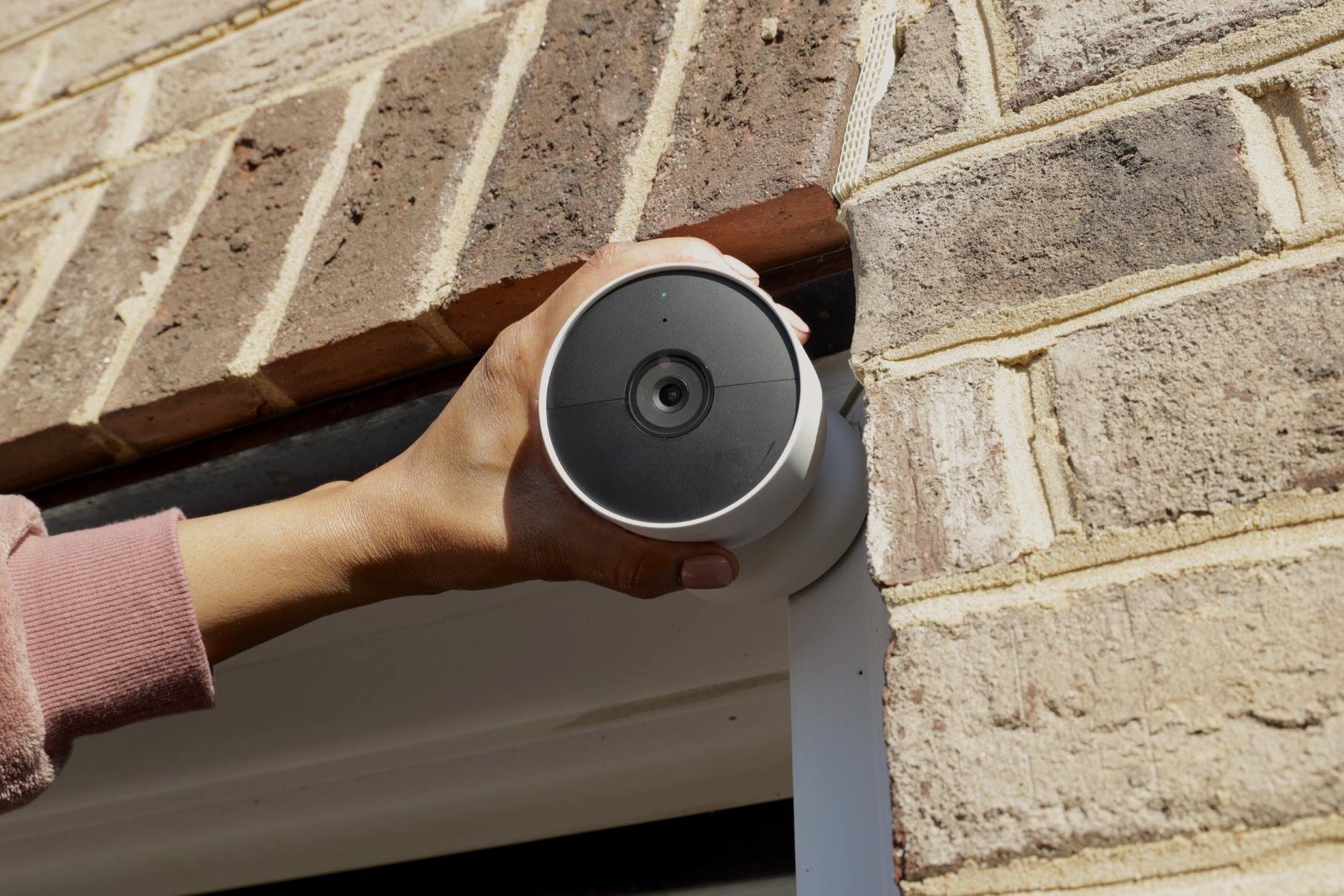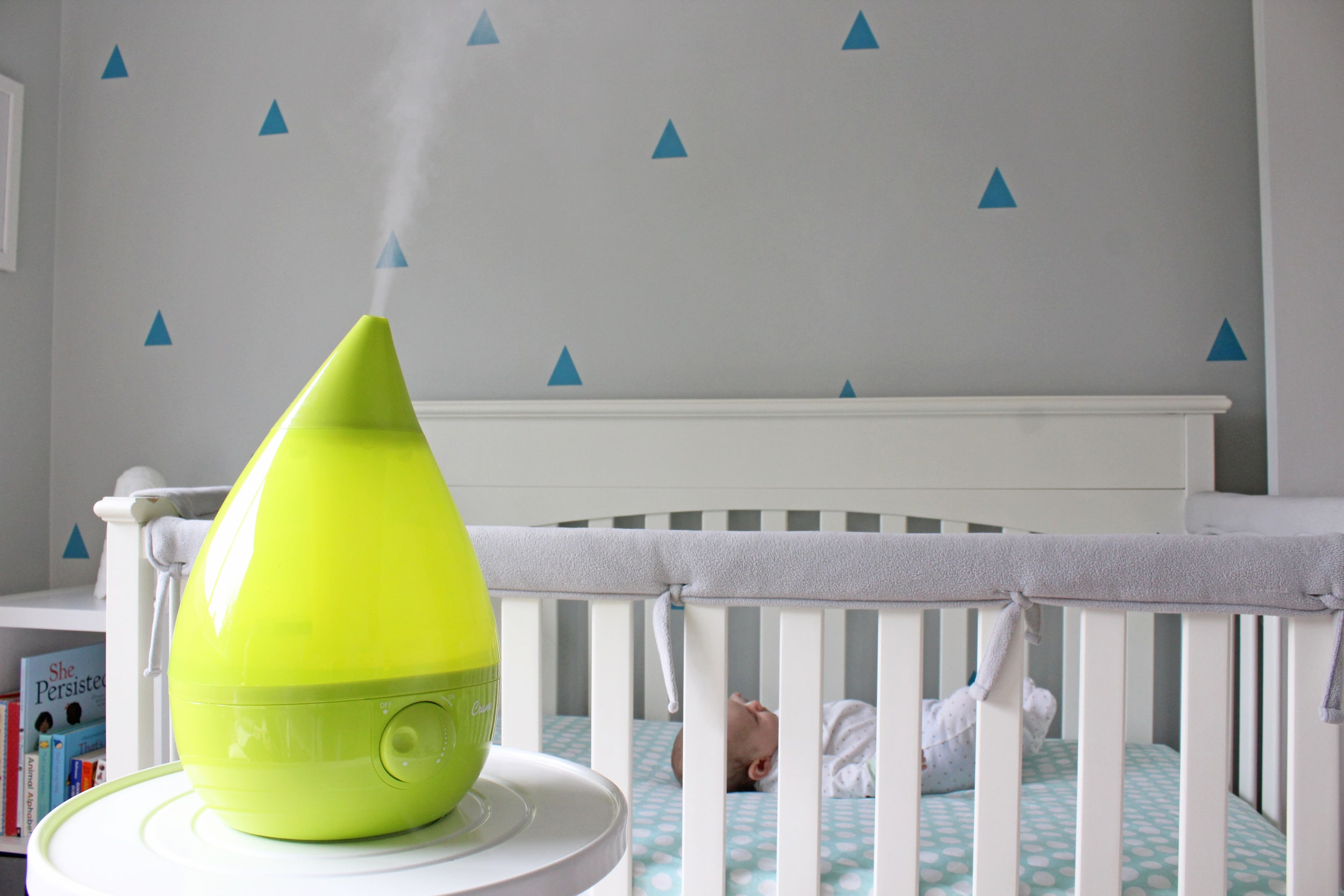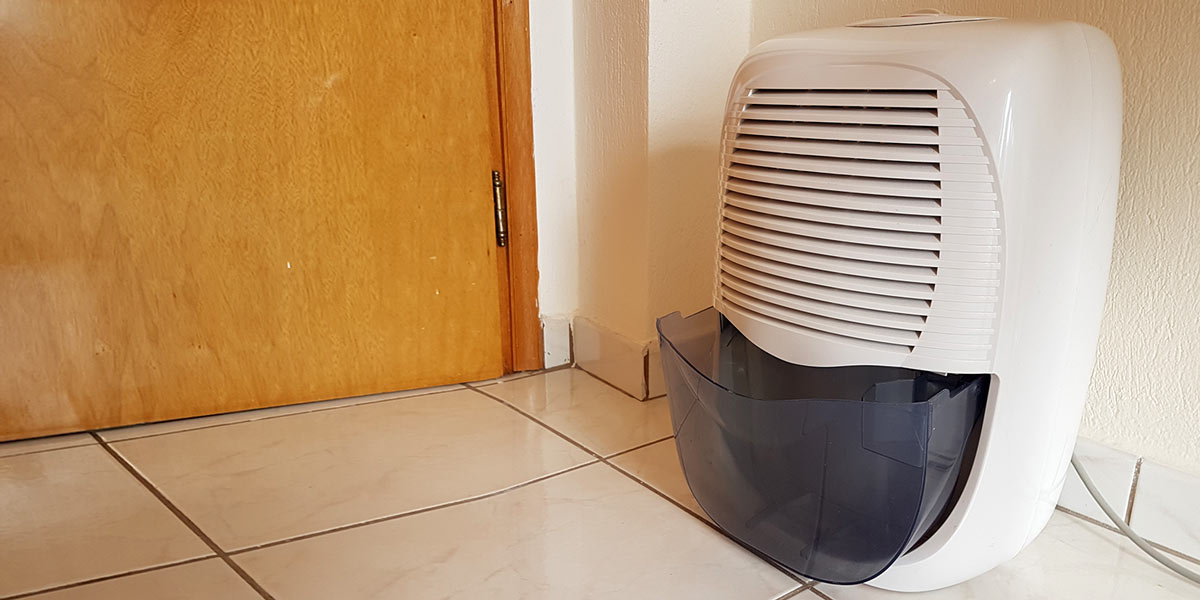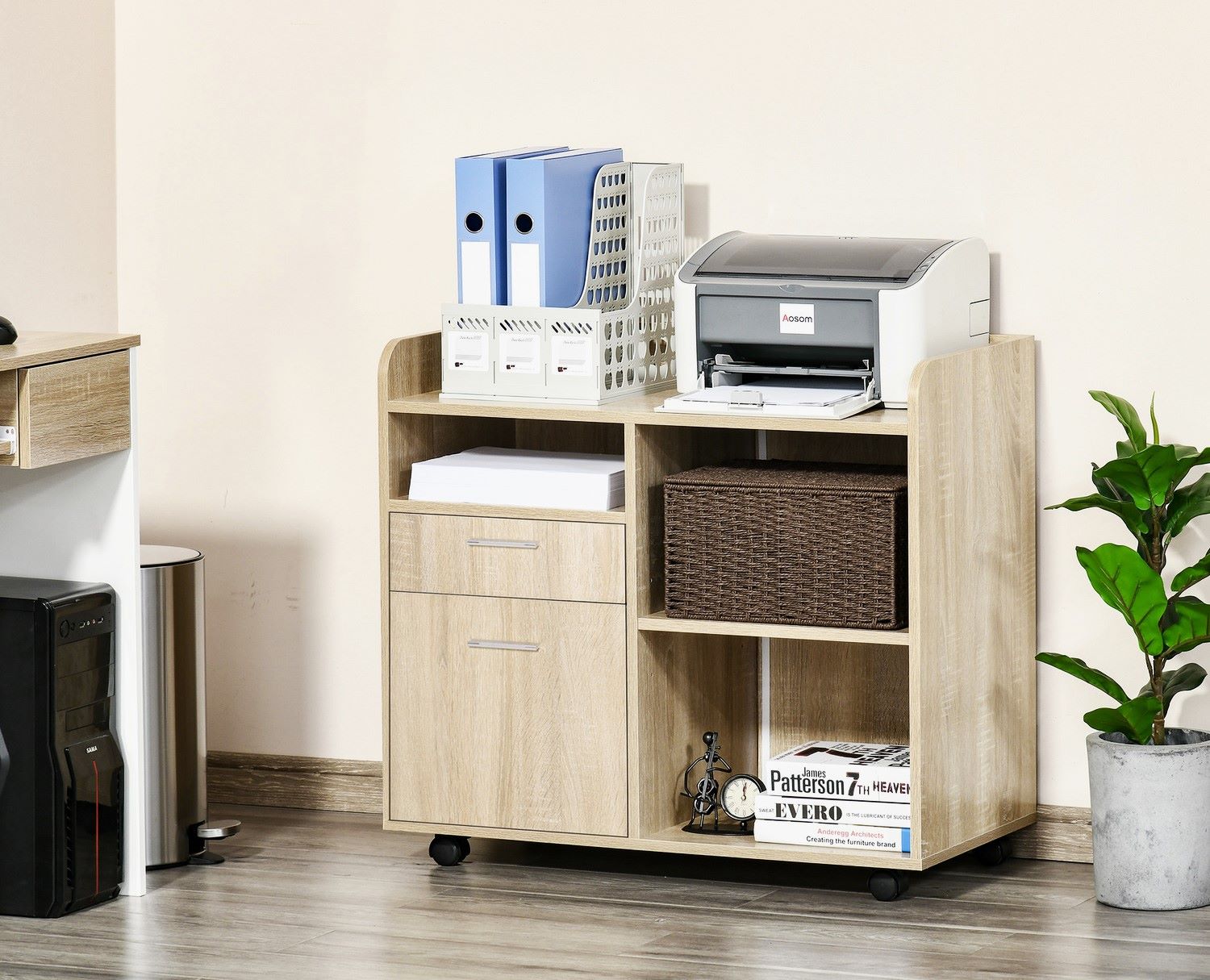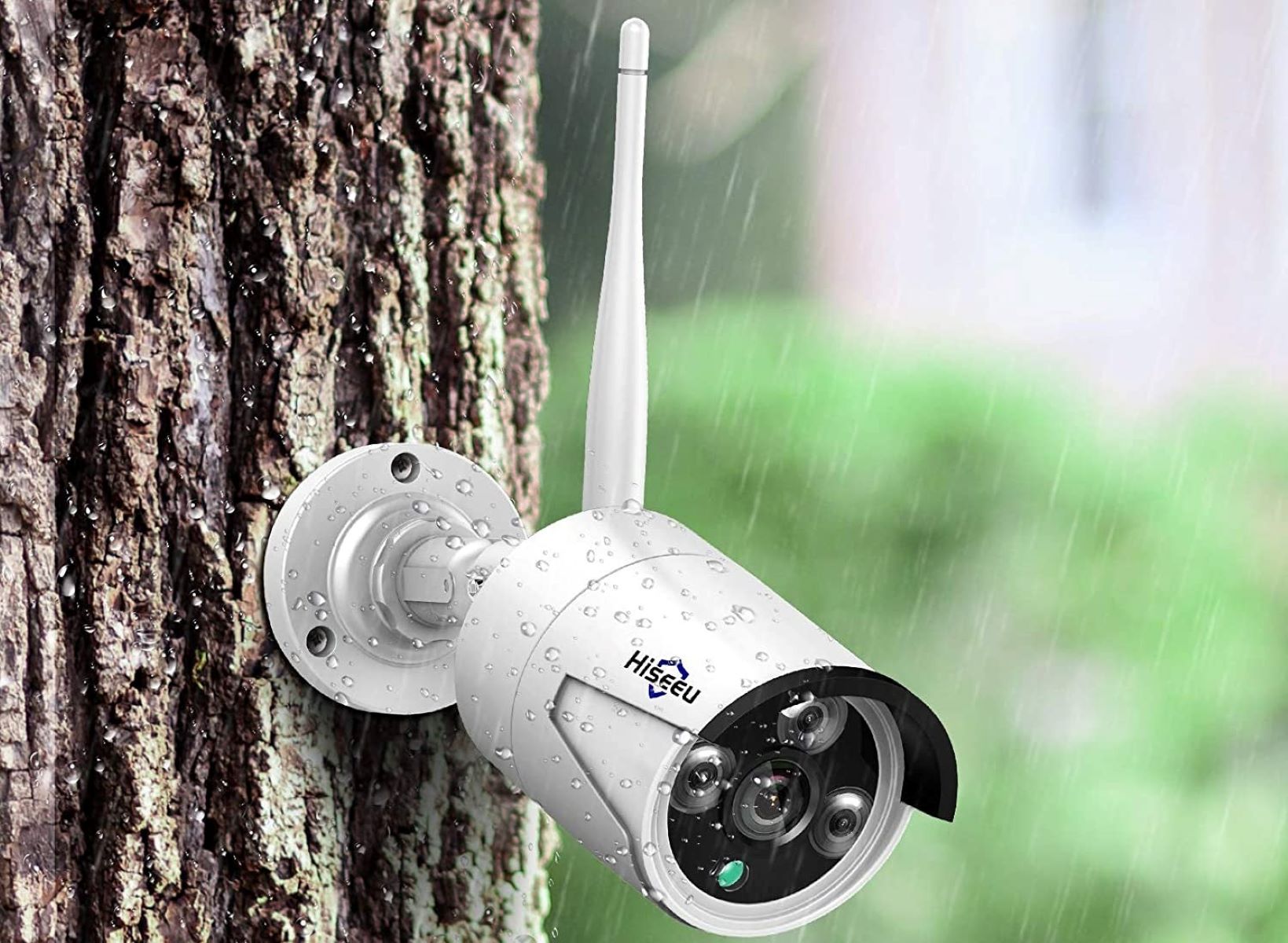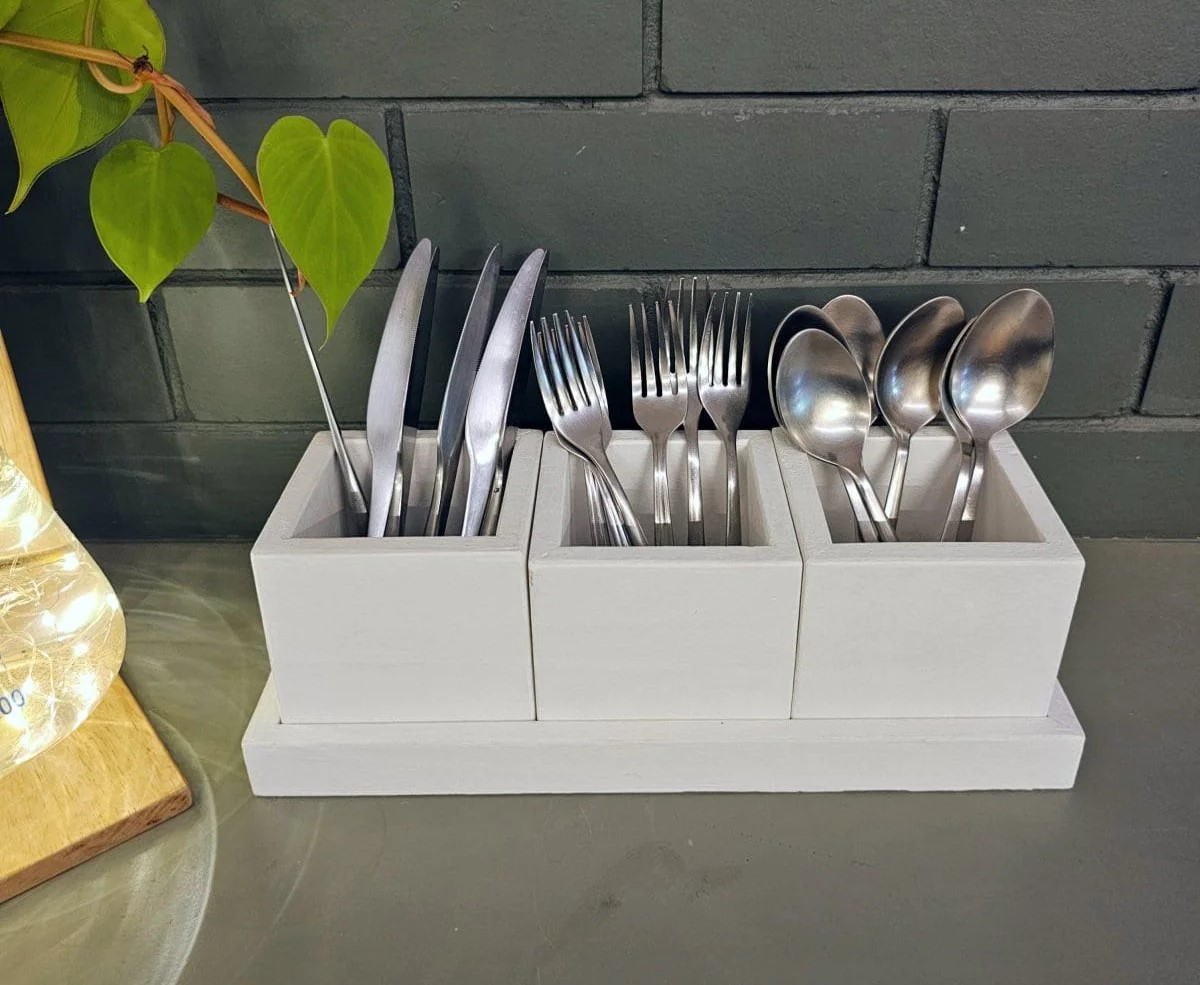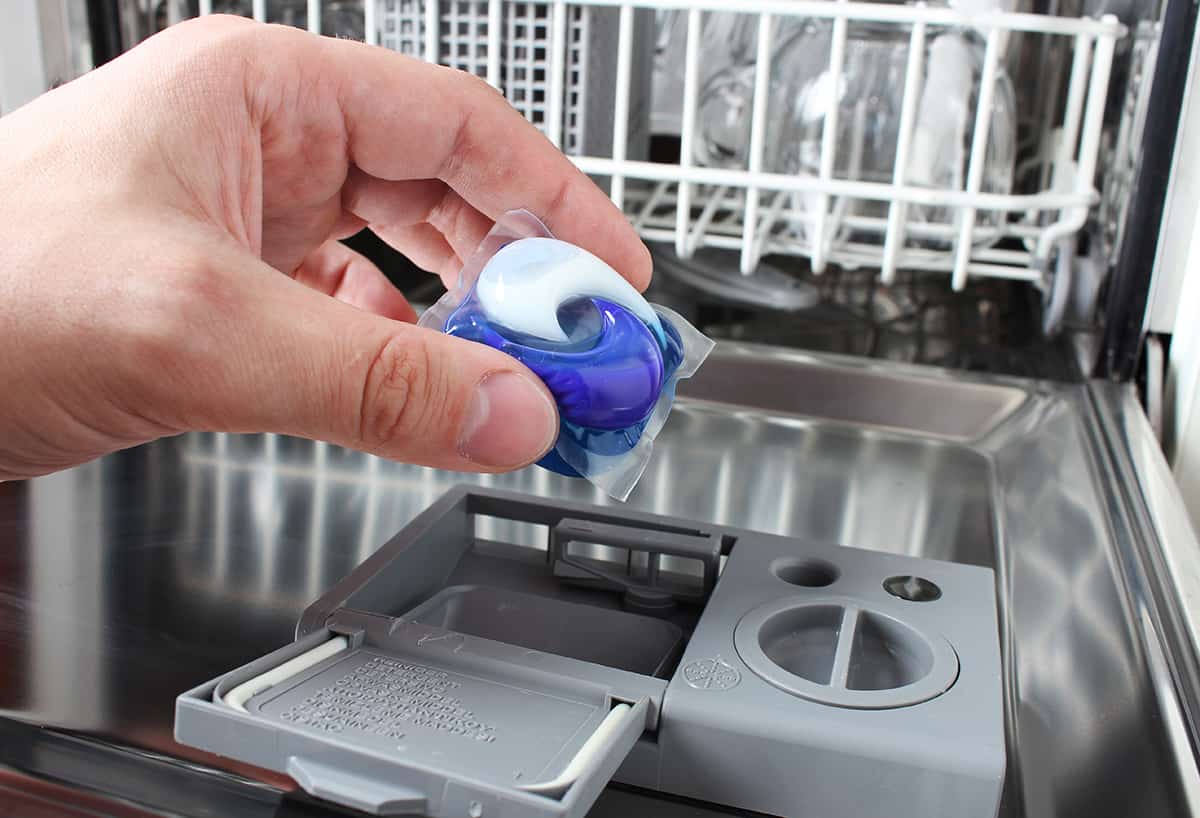Home>Home Security and Surveillance>Where To Put Outdoor Cameras
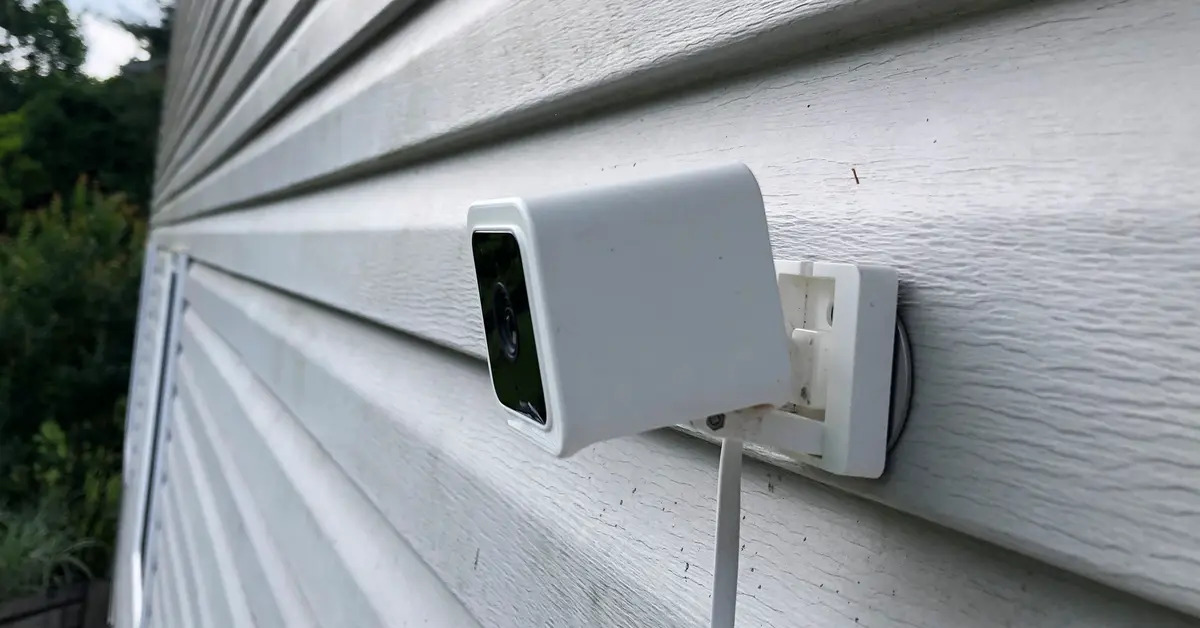

Home Security and Surveillance
Where To Put Outdoor Cameras
Modified: March 6, 2024
Looking for home security and surveillance options? Find out where to strategically place outdoor cameras to ensure maximum protection for your property.
(Many of the links in this article redirect to a specific reviewed product. Your purchase of these products through affiliate links helps to generate commission for Storables.com, at no extra cost. Learn more)
Introduction
Welcome to our comprehensive guide on where to place outdoor cameras for optimal home security and surveillance. With advancements in technology, outdoor surveillance cameras have become an essential component in protecting our homes and loved ones. Placing cameras strategically around your property not only acts as a deterrent for potential intruders, but also provides valuable footage in the event of a security breach or suspicious activity.
When determining where to position your outdoor cameras, there are several factors to consider. These include the layout of your property, the areas that require the most surveillance, and the specific features of your cameras. In this article, we will explore the various locations around your home where outdoor cameras can be placed, along with tips on finding the ideal angles and heights for maximum coverage and effectiveness.
Proper camera placement is crucial for capturing clear and actionable footage. By strategically positioning your cameras, you can minimize blind spots and ensure comprehensive coverage of your property. Additionally, it’s important to consider any local regulations or homeowners’ association guidelines that may dictate camera placement or restrict certain areas.
Remember, the goal of installing outdoor cameras is to maximize security while also maintaining the privacy of your family and neighbors. Keeping these factors in mind, let’s delve into the specific locations where outdoor cameras can be effectively positioned.
Key Takeaways:
- Strategically placing outdoor cameras at the front door, backyard, garage, side yard, and driveway enhances home security. Consider factors like line of sight, lighting, and vantage points for optimal coverage.
- Choose weatherproof, night vision, and motion-activated cameras for effective surveillance. Regular maintenance and testing ensure cameras function optimally, providing peace of mind for you and your family.
Read more: Where Should I Put An Outdoor Camera
Factors to Consider When Placing Outdoor Cameras
When determining the placement of your outdoor cameras, it is important to consider several factors to ensure optimal coverage and functionality. These factors include:
- Line of sight: Ensure that the camera’s field of view is unobstructed by objects such as trees, bushes, or walls. A clear line of sight will allow the camera to capture a wider area and provide better surveillance.
- Lighting conditions: Take into account the lighting conditions in the area where you plan to install the camera. If the location is poorly lit, consider using cameras with night vision capabilities or install additional lighting to improve visibility.
- Vantage points: Identify areas with the best vantage points for surveillance. These are typically high locations, such as the eaves of your house or tall poles, that provide a broader view of your property.
- Protective measures: Ensure that the camera is protected from the elements, such as rain, snow, or extreme temperatures. Look for weatherproof cameras or install them inside protective housings.
- Power source: Consider the availability of a power source near the desired camera location. If there are no power outlets nearby, explore wireless or battery-powered camera options.
- Visibility: While cameras should be strategically positioned to minimize tampering, consider making them visible to act as a deterrent. The presence of visible cameras can discourage potential intruders and make them think twice before targeting your property.
By taking these factors into account, you can choose the optimal locations for your outdoor cameras and ensure that they capture the necessary footage for effective home security and surveillance.
Front Door Placement
One of the most crucial areas to place an outdoor camera is at the front door. The front door is a common entry point for intruders and capturing activity in this area can provide vital evidence in case of a break-in or suspicious individuals approaching your home. Here are some tips for effectively placing cameras at the front door:
- Position the camera above the front door: Mounting the camera at an elevated position above the front door provides a clear view of anyone approaching or standing at the entrance. This vantage point also helps to prevent tampering and damage to the camera.
- Ensure coverage of the porch or stoop: Place the camera in a way that covers not just the immediate area in front of the door, but also captures the entire porch or stoop where packages may be delivered or where visitors may wait.
- Consider a video doorbell: Video doorbells are an effective option for front door surveillance. These devices combine a doorbell with a built-in camera, allowing you to see and communicate with visitors remotely via your smartphone. They also provide motion detection and recording capabilities.
- Install a wide-angle lens: To capture a larger area and minimize blind spots, consider using a camera with a wide-angle lens at the front door. This will provide a broader field of view, ensuring comprehensive coverage.
- Choose a weatherproof camera: Since the front door is exposed to the elements, it’s important to choose a weatherproof camera that can withstand varying weather conditions, including rain, snow, and extreme temperatures.
By strategically placing cameras at the front door, you can enhance the security of your home and have visual evidence of any suspicious activity or unwanted visitors.
Backyard Placement
The backyard is often a vulnerable area that requires careful surveillance. Intruders can easily gain access to your property through the backyard, making it important to position outdoor cameras strategically. Here are some tips for effectively placing cameras in the backyard:
- Cover the main entry points: Identify the main entry points to your backyard, such as gates, fence openings, or sliding doors, and place cameras to monitor these areas. Ensuring coverage of these entry points can help detect any unauthorized access to your property.
- Position cameras for full coverage: Place cameras at different angles to capture a wide area of your backyard. Consider mounting cameras at the corners of your house or on elevated positions to provide a panoramic view.
- Monitor high-value areas: Identify areas of your backyard that contain valuable items like outdoor furniture, grills, or sheds. Install cameras to keep an eye on these high-value areas to deter theft or vandalism.
- Consider motion-activated cameras: To save storage space and capture relevant footage, consider using motion-activated cameras in your backyard. These cameras will only start recording when motion is detected, ensuring that you capture important events while minimizing unnecessary footage.
- Use infrared or night vision cameras: Backyards often have poor lighting at night, making it important to use cameras with infrared or night vision capabilities. These cameras can capture clear footage even in low-light or complete darkness.
- Protect cameras from weather conditions: Backyard cameras are exposed to the elements, so it’s crucial to choose weatherproof cameras and ensure they are securely mounted to withstand rain, wind, or extreme temperatures.
By strategically placing cameras in your backyard, you can monitor and protect this vulnerable area and deter potential intruders, ensuring the security of your property and loved ones.
Garage Placement
The garage is not only a storage space for vehicles and valuable items, but it can also provide access to the rest of your home. It is important to have proper surveillance in this area to protect your belongings and ensure the security of your home. Here are some tips for effectively placing cameras in the garage:
- Position the camera to capture the garage entrance: Place a camera facing the entrance to the garage, whether it is a side door, overhead door, or both. This will provide a clear view of anyone entering or exiting the garage.
- Monitor windows and side doors: If your garage has windows or side doors, it is important to place cameras to monitor these areas. Intruders may attempt to gain entry through these vulnerable points, and having cameras positioned to capture any suspicious activity can serve as a deterrent.
- Consider using a combination of cameras: Since garages are typically larger spaces, consider using a combination of cameras to ensure comprehensive coverage. For example, you can use a wide-angle camera to cover the entire space and additional cameras focused on specific areas or entry points.
- Install cameras with motion detection: Using cameras with motion detection capabilities can help conserve storage space and capture any specific activity or movement in the garage. These cameras will only start recording when motion is detected, ensuring that you have relevant footage without wasting storage on long periods of inactivity.
- Choose weatherproof cameras: Garages can be subject to fluctuating temperatures, humidity, and dust. It’s important to choose cameras that are specifically designed to withstand these conditions and are rated as weatherproof.
- Consider additional security measures: In addition to placing cameras in the garage, consider implementing other security measures such as alarms or smart garage door openers that provide notifications when the garage door is opened or closed.
By strategically placing cameras in the garage, you can monitor activity, deter potential intruders, and safeguard your valuable possessions and home.
Place outdoor cameras at entry points such as front and back doors, garage, and first-floor windows. Also, consider areas with valuable items like the patio or driveway. Ensure they are mounted high enough to prevent tampering.
Read more: Where To Put Outdoor Thermometer
Side Yard Placement
The side yard of your property is often overlooked when it comes to home security, but it can provide easy access for intruders or serve as a hiding spot for suspicious activity. By strategically placing outdoor cameras in the side yard, you can enhance the overall security of your home. Here are some tips for effective side yard camera placement:
- Identify potential entry points: Walk around your side yard and identify any potential entry points such as gates, fences, or windows. Install cameras at these locations to monitor any activity or attempt to gain unauthorized access to your property.
- Position cameras to cover side entrances: If you have side entrances to your home, such as sliding doors or back doors, it is crucial to place cameras to monitor these areas. This helps to detect any suspicious behavior or individuals approaching these entry points.
- Consider using HD cameras: Side yards can sometimes be narrow or have limited space. To ensure optimal surveillance, use high-definition cameras that provide clear and detailed footage even in small spaces.
- Mount cameras at strategic angles: Place cameras at angles that provide a wide coverage of the side yard. This will minimize blind spots and enable you to monitor the entire area effectively.
- Use cameras with night vision capabilities: Side yards can be poorly lit at night, making it essential to choose cameras equipped with night vision. These cameras use infrared technology to capture clear footage even in low-light conditions.
- Protect cameras from elements: Ensure that the cameras you install in the side yard are weatherproof and can withstand rain, sun, and other outdoor elements. Properly securing the cameras and their wiring will also help protect them from tampering or vandalism.
- Consider using wireless cameras: If running wires for power and connectivity is challenging in your side yard, wireless cameras can be a convenient option. These cameras operate on batteries or solar power and transmit footage wirelessly to your chosen storage device or cloud service.
By strategically placing cameras in your side yard, you can prevent unauthorized access, monitor potential hiding spots, and maintain a comprehensive security system for your home.
Driveway Placement
The driveway is the entrance to your property and often the first point of entry for vehicles or individuals approaching your home. Placing outdoor cameras in strategic locations along the driveway can provide valuable footage and enhance the overall security of your property. Here are some tips for effective driveway camera placement:
- Position the camera to capture the entire driveway: Mount the camera in a location that offers a clear view of the entire length of your driveway. This ensures that any vehicles or individuals entering or leaving your property will be captured on camera.
- Angle the camera for optimal coverage: Tilt the camera slightly downward to get a better view of passing vehicles and individuals. This angle allows the camera to capture important details such as license plates and facial features.
- Consider using a combination of cameras: Depending on the length and width of your driveway, you may need to use multiple cameras to ensure full coverage. Strategically position cameras at different angles to eliminate blind spots and provide a comprehensive view of the driveway.
- Use motion-activated cameras: Installing motion-activated cameras along the driveway can help conserve storage space and capture specific events or movement. These cameras will only record when motion is detected, ensuring that you have footage of relevant activity.
- Utilize wireless or battery-powered cameras: If running wiring for power is challenging in your driveway, consider using wireless or battery-powered cameras. These cameras can be easily installed without the need for extensive wiring and can transmit footage wirelessly to your storage device or cloud service.
- Choose cameras with night vision capabilities: Since driveways can be poorly lit at night, it is essential to choose cameras with night vision capabilities. These cameras use infrared technology to capture clear footage in low-light conditions, ensuring that you have visibility day and night.
- Protect cameras from elements: Ensure that the cameras you install in your driveway are weatherproof and able to withstand varying weather conditions. Properly mount and secure the cameras to protect them from damage caused by rain, snow, or extreme temperatures.
By strategically placing cameras along your driveway, you can enhance the security of your property, monitor vehicles and individuals entering your property, and deter potential intruders.
Additional Tips for Camera Placement
When it comes to placing outdoor cameras for home security and surveillance, there are some additional tips and considerations that can further enhance the effectiveness of your surveillance system. Here are some important factors to keep in mind:
- Position cameras at eye-level: Placing cameras at eye-level makes it difficult for intruders to tamper with or disable them. It also ensures that the camera captures clear facial features, which can be crucial for identification.
- Cover blind spots: Take the time to identify and cover any blind spots in your property. These are areas that are not easily visible to the cameras, such as behind large objects or in corners. Consider installing additional cameras or adjusting angles to eliminate blind spots.
- Avoid backlighting: When positioning cameras, be mindful of backlighting, which occurs when the camera is facing a bright light source such as the sun. Backlighting can cause the footage to be overexposed and less usable. Position cameras in a way that minimizes or eliminates backlighting.
- Secure and hide wiring: If your cameras require wiring, make sure to secure and hide the wires to prevent tampering or cutting. Exposed wires can attract unwanted attention and potentially disable the cameras.
- Regularly clean and maintain cameras: Outdoor cameras are exposed to the elements, so it’s important to regularly clean the lenses to ensure clear footage. Additionally, check and maintain the camera’s functionality, including the power source and connection to the recording device, to ensure uninterrupted surveillance.
- Test camera angles and coverage: Before finalizing camera placement, test the angles and coverage to ensure that they capture the desired areas effectively. Consider conducting a trial run to simulate different scenarios, such as someone approaching your house or a vehicle entering your driveway.
- Review local regulations: Depending on your location, there may be specific regulations or restrictions on outdoor camera placement. Research and review local laws or homeowners’ association guidelines to ensure compliance with any relevant regulations.
By following these additional tips, you can optimize the placement of your outdoor cameras, minimize blind spots, and improve the overall effectiveness of your home security and surveillance system.
Conclusion
Proper placement of outdoor cameras is essential for creating a robust home security system that effectively deters intruders and provides valuable surveillance footage. By strategically positioning cameras around your property, you can monitor vulnerable areas, deter potential threats, and maintain the safety and security of your home and loved ones.
When placing outdoor cameras, consider factors such as line of sight, lighting conditions, vantage points, protective measures, power sources, and visibility. By taking these factors into account, you can ensure optimal coverage and functionality of your cameras.
Key areas to focus on when placing outdoor cameras include the front door, backyard, garage, side yard, and driveway. These areas are commonly targeted by intruders and warrant extra attention and surveillance. By positioning cameras strategically in these locations, you can stay one step ahead and capture important footage when it counts.
Remember to choose cameras with the necessary features such as wide-angle lenses, night vision capabilities, and weatherproof designs. In addition, consider using motion-activated cameras or wireless options for added convenience and functionality.
Finally, don’t forget to regularly maintain and test your cameras to ensure they are functioning optimally. Clean lenses, secure wiring, and regular checks will help maintain the effectiveness of your surveillance system.
In conclusion, proper camera placement is an essential aspect of a comprehensive home security and surveillance system. By carefully considering the layout of your property, the areas of vulnerability, and the specific features of your cameras, you can achieve optimal coverage and peace of mind. Invest in high-quality cameras, position them strategically, and regularly maintain them to create a secure environment for you and your family.
Frequently Asked Questions about Where To Put Outdoor Cameras
Was this page helpful?
At Storables.com, we guarantee accurate and reliable information. Our content, validated by Expert Board Contributors, is crafted following stringent Editorial Policies. We're committed to providing you with well-researched, expert-backed insights for all your informational needs.
